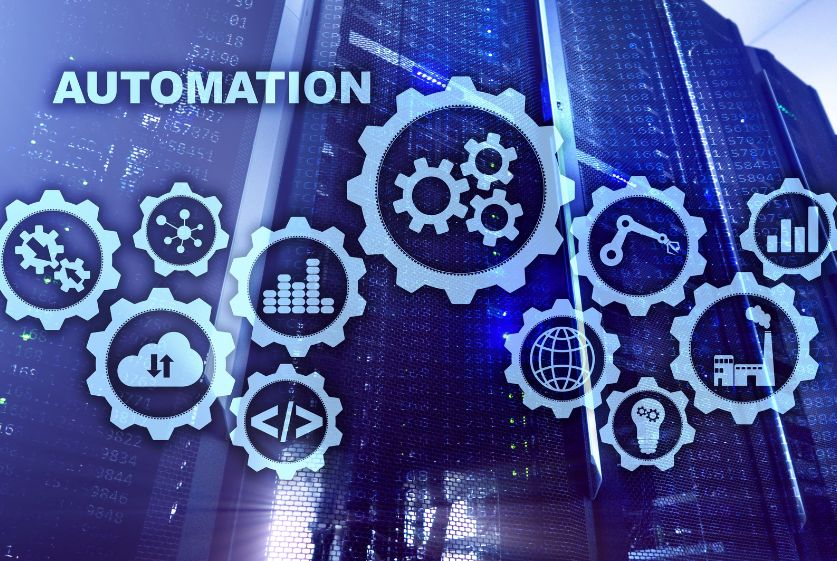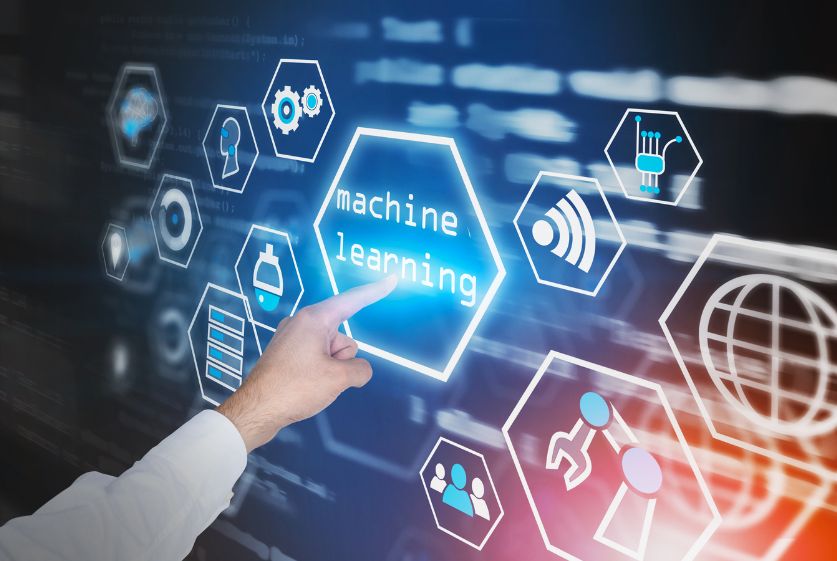Embedded machine learning refers to machine learning models that are trained offline and then deployed directly onto hardware devices like smartphones, home appliances, and autonomous vehicles.
Unlike cloud-based Machine Learning models that run on remote servers, embedded Machine Learning runs locally on the device. This allows for fast, offline predictions without any network latency. Key advantages of embedded Machine Learning include better privacy, reduced latency, and the ability to run AI on low-powered devices.
Table of Contents
Key Applications of Embedded Machine Learning
Embedded machine learning is enabling smart capabilities across a diverse range of devices and industries. Here are some of the most important applications of embedded ML today:
Computer Vision
Embedded computer vision powers use cases like face recognition in smartphones, object detection in drones and self-driving cars, and image classification in smart cameras. Running vision models on-device provides faster response times and better privacy than sending images to the cloud.

Natural Language Processing
Voice assistants like Siri use embedded Natural Language Processing to process voice commands locally. This allows for real-time voice control without an internet connection.
Other Natural Language Processing applications include real-time translation and sentiment analysis on edge devices.
Predictive Maintenance
Industrial IoT devices are using embedded Machine Learning to monitor equipment and predict maintenance needs before failures occur. This prevents costly downtime and improves efficiency.
Benefits of Embedded Machine Learning
There are several key benefits driving the adoption of embedded machine learning:
Increased Efficiency and Automation
By enabling devices to make intelligent decisions locally, embedded Machine Learning eliminates lag and maximizes automation. This boosts efficiency in industrial settings.

Enhanced Data Privacy and Security
With inference directly on the device, raw data does not need to be sent to the cloud for processing. This enhances privacy and reduces vulnerabilities.
Reduced System Latency
No network latency results in near real-time responses for time-sensitive applications like voice control and autonomous driving.
Challenges Facing Adoption of Embedded Machine Learning
While promising, there remain hurdles to the large-scale adoption of embedded Machine Learning:
Hardware Constraints
Many edge devices have limited computing power, memory, and battery life. This restricts model complexity.

Model Optimization
Machine Learning models must be optimized to run efficiently within tight hardware constraints. This requires techniques like quantization and pruning.
Testing and Deployment
Rigorously testing embedded ML models before deployment is crucial yet challenging on resource-constrained devices.
The Future is Embedded
Despite current limitations, embedded ML represents the future of artificial intelligence. With increasingly powerful and efficient hardware, most Artificial Intelligence inference is projected to occur directly on smart devices this decade.
The benefits of enhanced privacy, reduced latency, and connectivity constraints are too compelling for embedded ML not to dominate the AI landscape moving forward.
Conclusion
Embedded machine learning enables devices to run Machine Learning inference offline for real-time, intelligent capabilities. Key applications include computer vision, NLP, and predictive maintenance.
While hardware constraints pose challenges today, embedded ML provides faster, more private, and reliable intelligence on the edge compared to the cloud. As devices become more capable, embedded ML will become ubiquitous across virtually every industry. The future of AI is embedded.
FAQs
What is embedded machine learning?
Embedded machine learning refers to ML models trained offline and deployed directly onto hardware devices like smartphones and IoT devices to enable local, offline inference.
What are the benefits of embedded ML?
Benefits include enhanced privacy, reduced latency, the ability to run AI on low-powered devices, and reliability.
What are some examples of embedded ML applications?
Important applications include computer vision in drones/cars, voice control in smart speakers, predictive maintenance in industrial IoT, and more.
What are some key challenges facing embedded ML?
Challenges include hardware constraints around compute/memory/power, model optimization, and testing/deployment on devices.
What does the future look like for embedded ML?
The future is very bright for embedded ML as hardware improves and it becomes ubiquitous across devices and industries needing fast, private, reliable intelligence.









